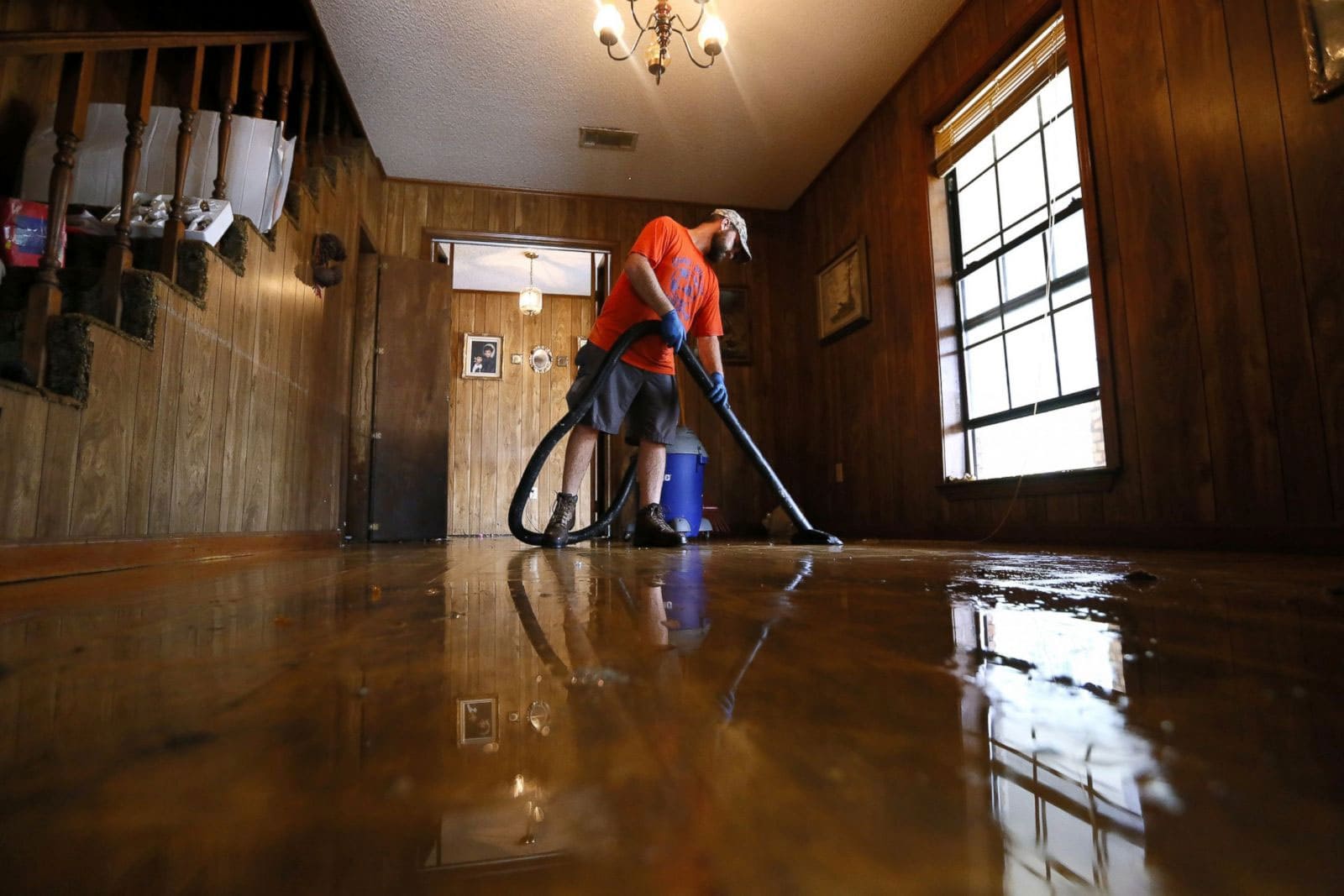

Imagine walking into your kitchen on a Monday morning, coffee mug in hand, only to find your dishwasher has turned against you. Or maybe you’re dealing with something far worse, a sewage backup.
Now you’re probably thinking water damage is water damage, right? Wrong.
The type of water causing your damage matters just as much as how much water there is. Understanding these different classifications is important to knowing what you’re dealing with and what to expect during water damage restoration.
Why Water Damage Classifications Matter
The restoration industry uses two main classification systems. These classifications help determine everything from how long the cleanup will take to what safety precautions are needed, and yes, even what your insurance might cover.
You wouldn’t treat a small kitchen leak the same way you’d handle a sewage flood, right? So, it all boils down to matching the solution to the problem.
Water Damage Categories: It’s All About What’s in the Water
Category 1: The “Good” Water
Category 1 water is what we call “clean water.” This is the stuff that comes from sources you’d normally trust, broken supply lines or overflowing sinks filled with fresh water. Essentially, if you wouldn’t mind drinking it before it hits your floor, it’s probably Category 1.
But clean water doesn’t stay clean for long. Leave that seemingly innocent puddle from your broken pipe sitting around for a couple of days, and it can quickly become a breeding ground for bacteria and mold. Time is definitely not on your side here.
The good news? Category 1 water damage typically has the best outcome for your belongings. Most items can be saved with proper cleaning and drying, and the restoration process is usually the most straightforward.
Category 2: The Gray Area
Category 2 water is nicknamed “gray water,” and it sits in that middle ground between clean and contaminated. We’re talking about water from washing machines, dishwashers, toilet overflows (without solid waste), or that fish tank that decided to make a break for it.
This water contains enough contaminants to make you sick if you’re not careful. Gray water damage requires more aggressive restoration techniques. Carpet padding might need to go, and everything that stays needs thorough disinfection.
Category 3: The Water You Don’t Want to Meet
Category 3 water is what we call “black water,” and the name fits. This is seriously contaminated water that can contain harmful bacteria, viruses, and other pathogens that can make you very sick. We’re talking sewage backups, flooding from rivers or streams, and any water that’s been sitting stagnant for days.
Black water is the restoration equivalent of a hazmat situation. Hire any restoration crew and see them show up in full protective gear. The approach used in such circumstances is also much more aggressive. Most porous materials need to be removed and replaced; there’s just no safe way to clean them.
Also Read: What to Do Immediately After Discovering Water Damage
How Deep Does the Water Damage Go?
The class system focuses on how much material has absorbed moisture and how difficult it’s going to be to dry everything out.
Class 1: The Quick Fix
Class 1 damage affects the least amount of water absorption and has the slowest rate of evaporation. Most of the moisture is surface-level, making it relatively easy to extract and dry.
Class 2: More than Just Surface Level
Class 2 damage involves a significant amount of water absorption and evaporation. We’re looking at scenarios where water has soaked into cushions, carpet, or the lower portions of drywall. The moisture has penetrated deeper, and there’s more surface area releasing moisture into the air.
Class 3: Heavy Saturation at Every Level
Class 3 damage is where things get intensive. This involves the greatest amount of water absorption and evaporation, often from overhead sources like burst pipes or roof leaks. Water has saturated walls, insulation, sub-floors, and furnishings. Essentially, moisture is everywhere and evaporating from every surface.
What These Water Damage Classes Mean for Your Restoration
Understanding these classifications helps set realistic expectations for your water damage restoration project. A Category 1, Class 1 incident might be resolved in a few days, while a Category 3, Class 3 situation could take weeks and require extensive reconstruction. These classifications also play a crucial role in insurance claims.
While you don’t need to become an expert, understanding these basics can help you communicate more effectively with your restoration team and make informed decisions about your property.
When damage strikes, time is of the essence. Get in touch with Flood Restoration Pros ASAP! We can help you navigate the process and find the best move forward.
